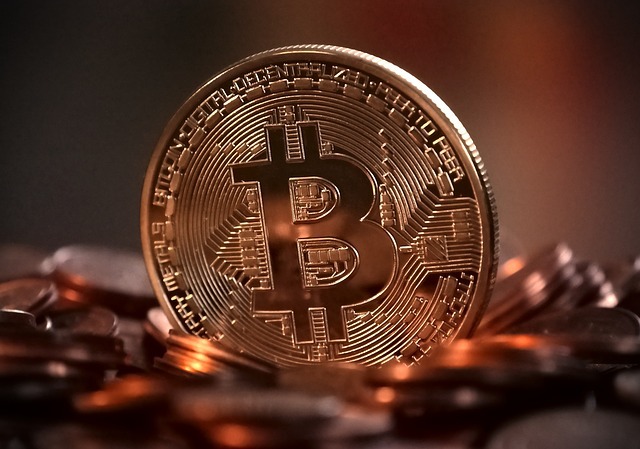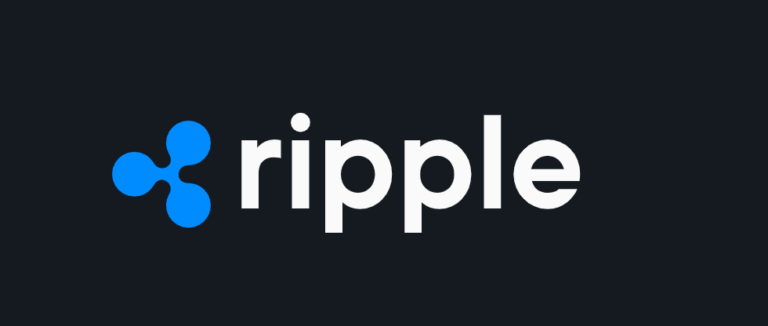
- Pi Network’s decision to adopt an “isolated listing mode” has sparked controversy, as some regions, including mainland China, may face restrictions on trading and depositing the PI coin.
- This move, combined with ongoing skepticism about the project’s transparency and delays, has fueled concerns over its legitimacy and future in the crypto market.
As Pi Network prepares for its highly anticipated Mainnet launch on February 20, tensions are rising over the project’s latest move. OKX, the crypto exchange set to list the PI coin, has confirmed that Pi Network has requested an “isolated listing mode.” This means that users in certain regions may be restricted from trading or depositing the PI coin, a decision that has sparked frustration and skepticism within the crypto community.
OKX’s Role and Pi Network’s Request
OKX clarified that it was not solely responsible for these access restrictions. According to the exchange, Pi Network itself set the requirements for the isolated listing method, though the specific countries affected remain unclear. However, OKX anticipates that mainland China will likely face restrictions. This is a significant development for users who have spent years mining the PI coin, as it casts doubt on their ability to access liquidity for their holdings.
Community Reactions: Red Flags and Skepticism
The news has drawn mixed reactions from Pi Network’s community. While some remain hopeful, others have voiced concerns about the project’s transparency and future. Critics argue that the isolated listing mode contradicts Pi Network’s original promise of inclusivity, which had attracted a large base of miners from across the globe. Some have even labeled the decision a “red flag” for the project, with one user on X (formerly Twitter) warning that it could signal potential liquidity issues and reduced market volume.
One user, going by the handle “FOMO HUNTER,” commented, “Isolated listing mode is a red flag for liquidity and access. Always question the impact on trading volume and market dynamics.” Such statements have added fuel to the fire of critics who have long questioned the legitimacy of Pi Network.
Project Under Fire: Delays and Communication Issues
Pi Network’s prolonged delays and lack of clear communication have fueled the growing skepticism surrounding the project. Critics point to the project’s failure to provide transparent updates, particularly regarding its Know-Your-Customer (KYC) process, as a sign of instability. The absence of tier-1 exchange listings, such as ByBit, has also raised questions about the project’s readiness for Mainnet. ByBit’s CEO, in particular, dismissed calls for the exchange to list PI, claiming that it was “the last thing he wants to deal with.”
Price Volatility and the Road Ahead
The controversy surrounding Pi Network has had a noticeable impact on its market value. Following the announcement of the Open Network on February 12, the price of the PI [IOU] coin surged above $93, but it has since plummeted by double digits. As of now, the coin is trading at around $61.28, a sharp decline from its earlier highs.
With Pi Network yet to address OKX’s allegations, the road ahead remains uncertain. While some continue to hold out hope for the project’s success, others are left questioning whether Pi Network can overcome the growing wave of skepticism and deliver on its promises.




